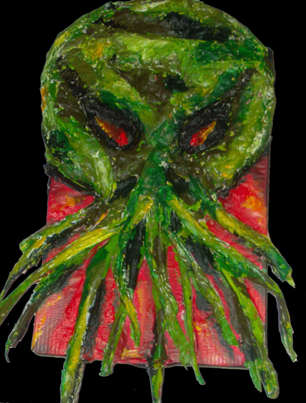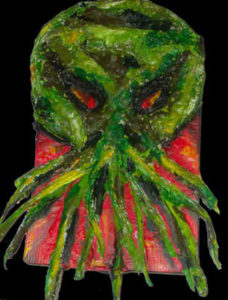Is Prayer In Fiction Fictional?
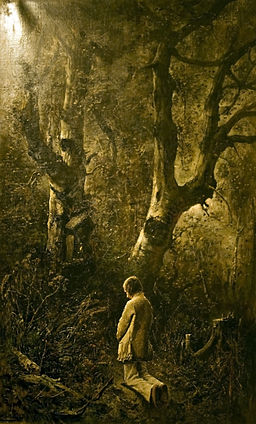 Speculative fiction is a story that speculates on what if something(s) was(were) true that is currently not or impossible by our understanding of our world as God has created it. Sometimes it isn’t easy to tell when speculation is happening in regards to prayer.
Speculative fiction is a story that speculates on what if something(s) was(were) true that is currently not or impossible by our understanding of our world as God has created it. Sometimes it isn’t easy to tell when speculation is happening in regards to prayer.
After all, the Bible is filled with answers to prayer that are miraculous. Many people today can point to valid miracles as a result of prayer. Yet at what point does prayer in a fictional story become speculative and not true to real life and/or the Bible?
Following are some times when prayer in a fictional story can become fiction. Due to the nature of prayer, these are not clear cut, black or white lines drawn in the sand, but often can present a distorted picture of what the believer can expect when they pray.
The Chatty God
To read some fiction, you’d think it should be quite normal to hear God audibly talking with us. While the Bible does have specific examples of that happeningâMoses for instanceâin most cases how the Biblical character, be they prophet or king, gets that message, we are not told. Sometimes it indicates it came through a dream or vision, but rarely is it clear the person in question heard an audible voice either inside or outside their head. In the cases where it is recorded as such, context indicates God delivers a specific message rather than a continual chat back and forth for days at a time.
While not denying that God can do that and has done that to communicate with us, such an expectation can be a set up for delusion. An âangel of lightâ has more than once in Christian history led people astray through an audible voice claiming to be God or delivering a message from God.
The reality is, for most of us, we would not be able to bear hearing God’s voice audibly. (Exodus 20:19) Nor do most people experience God speaking as He is depicted in Monty Python and the Holy Grail. Yet often in our speculative fiction, the âstill small voiceâ that Elijah struggled to find is missing. (1 Kings 19:12) Instead, it is quite loud and obvious to the characters.
The Overconfident Prophet
Related to the last one, many times doubt about the message is absent in our fiction. Most of us are like Elijah in 1 Kings 19, trying to discern the will of God in our lives through the events of our lives. Sometimes we feel confident we’re on the right track, other times, not so much. We long for the certitude of many of the prophets who could say, âThus saith the Lord.â
Problem is some people overcompensate for their doubts about God’s message to them. Instead of acknowledging them, they cover them up with pride. Many false prophets also said, âThus saith the Lordâ without having received such a message. When we become too overconfident that we no longer âtest the spiritsâ upon receiving a message, we risk hearing what we want to hear rather than what God may be trying to tell us.
If our fiction rarely shows such testing and doubts, it can set the reader up to be deceived by an âangel of lightâ or by their own desires, if the reader believes they should adopt the same attitude.
The Cosmic Vending Machine
When our fiction depicts prayer as saying a specific set of words and always getting what is asked for, it can depict God as a cosmic vending machine. Put in the right words, push the button, and get your heart’s desire.
To be realistic to our lives and the Bible, sometimes the answer should be ânoâ or ânot yet.â We need examples of people who persist in prayer without an answer as well as the dramatic answers to prayer. Answers should sometimes be not what is expected or desired.
To do otherwise paints a speculative picture of prayer, God, and our relationship to Him.
Buddy Prayer
Prayer should certainly be an integral part of our daily life. There is nothing wrong with depicting prayer as a conversation between us and the God who loves us. Too often, however, our fiction divorces prayer from the context of worship.
The Bible gives us examples of short prayers (Luke 18:13) as well as long and worshipful prayers (John 17). The whole book of Psalms is a prayer book used by Jews and Christians in worship for centuries.
This fallacy is easy for most fiction to fall into. Fiction tends to focus on moments of a character’s life and decisions that affect the outcome of the story. Too long of a prayer or too formal will often lose many readers. If they wanted to sit through a worship service, they’d attend church, not read a fiction book depicting one in detail. Inherently fiction assumes a level of worship with the Christian characters.
Despite that, prayer is worship and worship is a series of prayers to God. Fiction’s prayers should acknowledge God as God of our lives and the whole of creation in a worshipful manner. When that attitude of worship and awe are missing, it distorts what prayer is.
Most Authors Are Guilty of These Fallacy
Myself included. Sometimes outright wrong depictions, sometimes simply leaving the wrong impressions unintentionally.
This is not intended to bash authors, many of whom are doing their best to depict Christianity in a real manner through their fiction. Rather, for readers to be aware of these pictures that can, because of the nature of fiction, be incomplete or simply send the wrong messages about how prayer integrates with our life and relationship with God.
What depictions of prayer have you seen requiring some discernment on the part of the reader to not end up with a theologically incorrect view of prayer?



































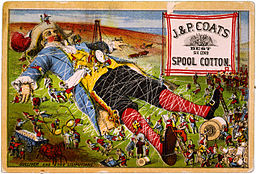






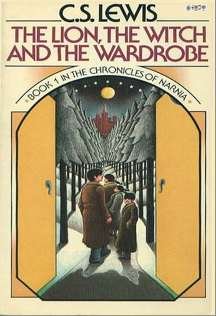
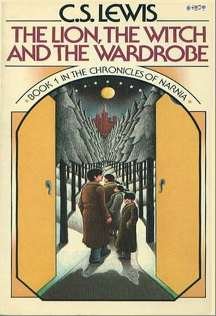


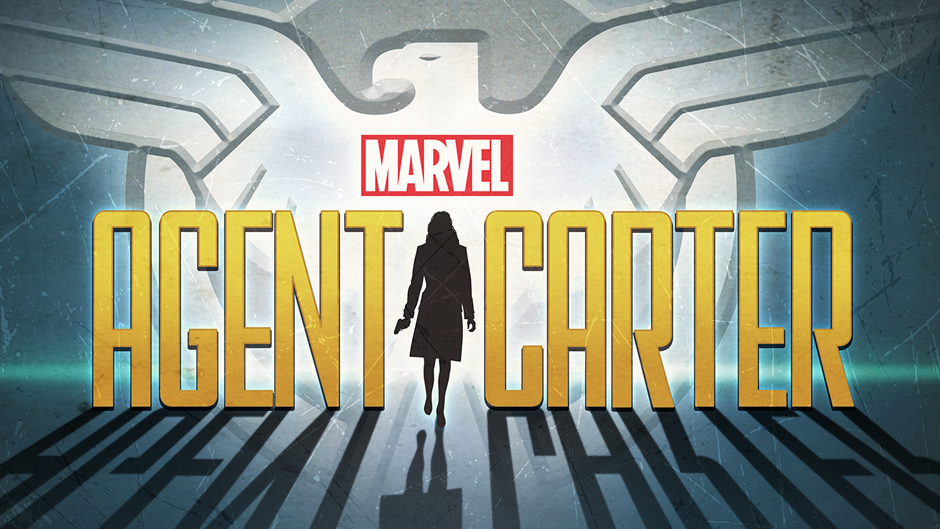

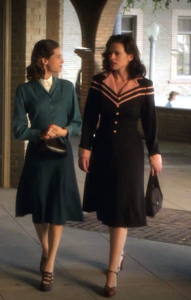
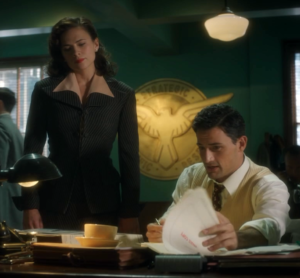
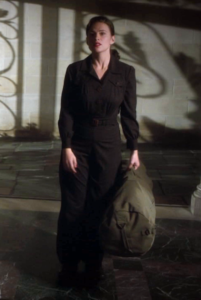
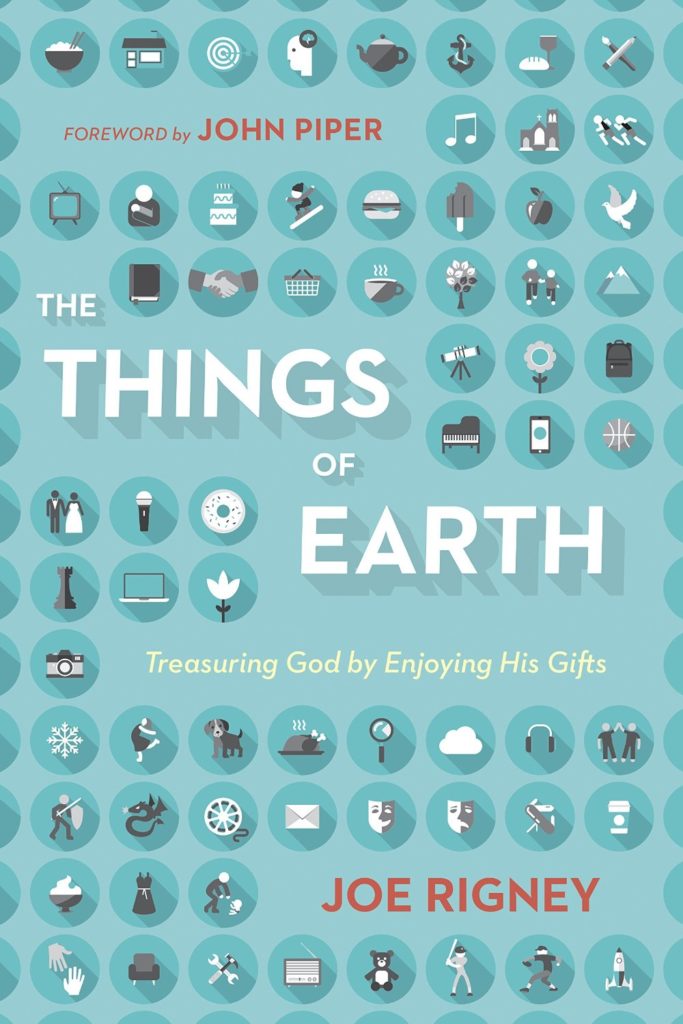


 Save the Klingons?”
Save the Klingons?” No one knows why, as the Book of Hebrews states, it is not angels that He helps. No account of the angelic fall is provided, and angels, though a consistent presence in Scripture, are also a peripheral one. This much is clear: Some angels – the “holy angels” – are sinless; they don’t need to be redeemed. Others have sinned and fallen – these are called demons; they won’t be redeemed. And we can only wonder why.
No one knows why, as the Book of Hebrews states, it is not angels that He helps. No account of the angelic fall is provided, and angels, though a consistent presence in Scripture, are also a peripheral one. This much is clear: Some angels – the “holy angels” – are sinless; they don’t need to be redeemed. Others have sinned and fallen – these are called demons; they won’t be redeemed. And we can only wonder why.